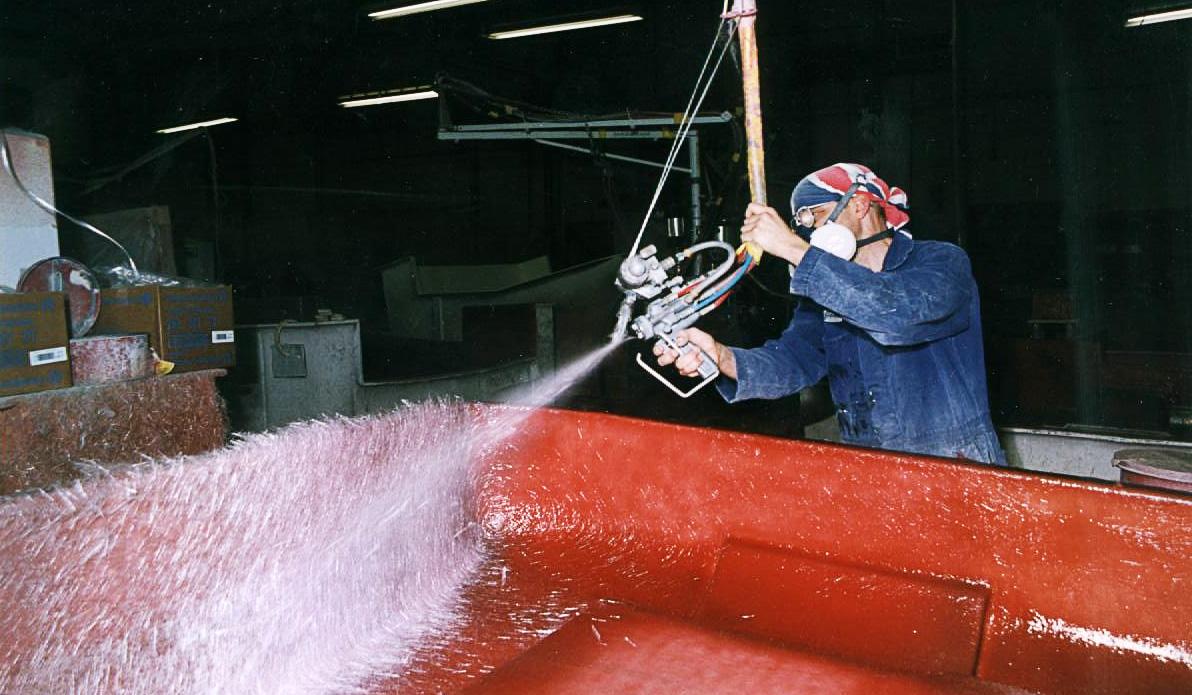RESEARCH
Throughout this semester our studio questioned the fabrication of carbon fiber and glass fiber, and how the applications are usually geared towards 2 dimensional shells.
In order to apply carbon and fiber winding into an architectural application, we wanted to question the norms of the use of the material in question and the ways of using it within construction.
Things that we are investigating within this project includes: geometric freedom through various frame constructions, not limited by a surface mold, reducing material, and creating an automated method for industrialization.
INITIAL TESTS
Through a series of investigations, we began with wrapping points together on a surface. As we continued with that process, we began understanding a process of making a series of surfaces through a field of points.
We then began experimenting with elevation changes, adding strength along the points where the polymers wrapped, and experimenting with angles.
These investigations led us to the better understanding of creating a volumetric hyperbolic surfaces through component based design.
Beginning with 6 points and 11 hooks, the light-weight structure is bolted into a base. The purposed of wrapping first layer of carbon fiber is to create a structure for the future layers to start building off of. Then the glass fiber comes in to reinforce the carbon, as well as create a parabolic surface. Components are wrapped to thickness potential is reached, removed from the structure and is bolted to another component.
This is introducing the multi-stage winding with different fibers to create a component based system.
In order to make said application work, the need for a 5 axis robot is important due to the need of precision when drilling the light-weight structure into place. The use of manufactured hardware like nuts, washers, threaded pipe, and a platform for drilling allows for an easy application for drilling and winding via robot precision. The carbon fiber, will be cured via resin, removed from the base, and attached to other components using a nut and threaded steel.
To add variability within the component based system,we began manipulating the surface of which the points interacted, forming geometries for the components to fulfil the surface aesthetic. Vertices were placed through the intersections of each of the components and mapped. The angles of each of the components sides began to differ with its absorption of the shape, allowing a differentiation within the structural capacity.
Considering that the form has an ability to change due to its dependency on an intermediate form, this allows a global application of nearly any object with a surface, from chair to pavilion.
Write here…
DESIGN CONSTRAINTS
With designing the structure, many limitations were presented with fabrication. One major issue was the span of the robotic arm. Unable to reach anything past 36” the process of being able to drill accurately was a constraint. Therefore all components that went over that span were pulled back within that radius.
Another design constraint constructed by the form was to have an opening within the structure to be an inhabitable piece of infrastructure.
In order to showcase the geometric limits of the components, they are placed within a curved and straight surface to show their capabilities within their structural integrity.
FORM FINDING
Within the tower like structure, 30 components are wrapped in glass and carbon fiber, varying in curvature. Within the time constraint of a semester, 30 components were drilled, wrapped, cured, and assembled within 8 days.
The need for reinforcement within the construction of this system was mapped and plotted onto the the glass fiber. The placement was purposeful in following the structural loads throughout the structure, placed to reinforce the system.
The components were formed by using a 3d voronoi script altered to the surface of the tower. Placement of the structure, radius, and thickness was important to the structural capacity as well as forming the structure on a component per component based.
FABRICATION
With using the robotic arm, their were many constraints within size of the components, therefore the points were pulled away in specific areas in order to fit within the robots reach. This was taken into the design constraint and utilized within larger components.
Vectors were taken from the voronoi component, and utilized within the patterning of the drill.
The interaction between the components was vital to the transition between structural loads and overall aesthetics. Each winding point was constructed by 4 nuts, 4 washers, 2 pieces of plastic tube, and a threaded rod. Each point was moved within a certain height, depending on the component, to wear the fibers were directed.
Each component points were based off of the other components surrounding it, dependent on their height, one rod was wrapped from 2 points, the other was wrapped in the middle allowing for a perfect fit to be strung together be zip ties, tying to components together.
The winding syntax wasn’t necessarily dependent of points, but their heights. Wrapping low to high on a bottom layer, connecting low points to higher points to create a connection between the lower surface and the higher surface, and then finished with wrapping the higher surface. This allowed a volumetric surface to be formed.
The glass fiber and carbon fiber was wrapped differently due to their role in the structure. Carbon fiber is utilized on the top surface of the glass fiber in specific areas for reinforcement.
The assembly was done in sections due to transportation. Each of the components were placed together via zip ties in 6’ increments.
Once on site, the structure is layed flat on the ground laced together to create the full structure, and the two sides threaded and tied together with a zip tie.
Once placed vertically, the bottom is screwed down to a wood base to add further stability.


























